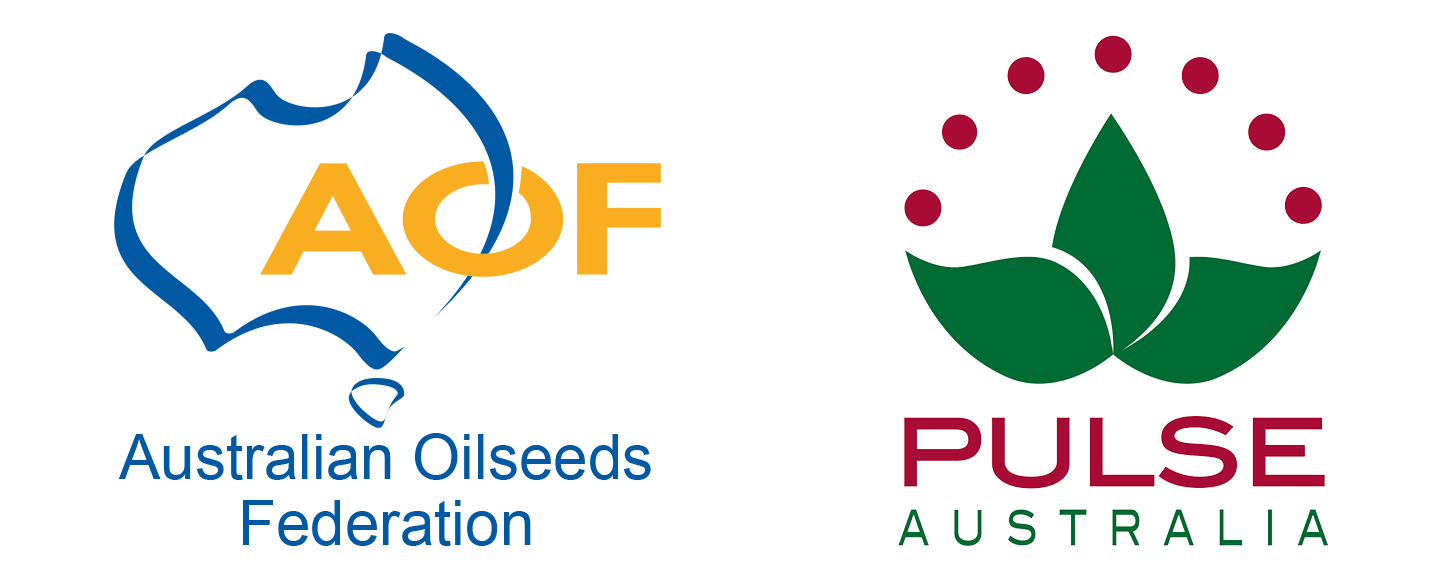Desiccation and croptopping
Risks in pulse and canola crops
Be aware of market risks involved with herbicide and desiccant use close to harvest this season.
Pulse and canola growers are advised to be aware of possible marketing restrictions that may arise from using certain herbicide/desiccant products this season.
The majority of Australia’s pulse and canola production is exported to feed the world. Market access is critical to the Australian pulse and canola industry, and growers play a key role in keeping the doors open.
Growers are encouraged to review all of the following information before proceeding with their pulse and canola crop management plans.
Important information for growers
What are the herbicide and desiccant products for this season?
For pulse crop production in Australia, the approved late season and pre-harvest products include diquat (e.g. Reglone), glyphosate (e.g. Weedmaster DST), metsulfuron (e.g. Ally), paraquat (e.g. Gramoxone) and saflufenacil (e.g. Sharpen).
For canola production in Australia, the approved late season and pre-harvest products are limited to diquat (e.g. Reglone) and glyphosate (Weedmaster DST only).

What are the risks of using these product?
There is no risk if products are applied in accordance with label instructions, and witholding periods are observed.
What can growers do to mitigate the risk?
Ensure product residues remain at levels well below accepted maximums by following these simple steps:
- Use only permitted products: Using products not approved for specific use is not only against the law, it also places a high risk on maintaining market access for the whole industry when MRL are exceeded.
- Do not exceed the product’s labelled rate: Regulations for individual chemicals are set to allow growers to properly use the product without fear of violating domestic MRLs. However, these guidelines assume that the labelled rate is not exceeded. If you exceed the labelled rate, you risk surpassing recognised MRLs and this can have serious consequences in terms of both domestic pesticide laws, and international acceptance of the crop.
- Time the application according to the label: Labels are very specific in terms of crop staging. Follow label instructions and apply crop protection products only at the recommended crop stage, so that you do not risk exceeding the maximum residue limits making your crop difficult to market.
- Consult with your exporter/processor about which products are acceptable in international markets: Exporters/processors have a good sense of which markets may be sensitive to specific products. They will likely ask you what was used in your crop and possibly for more information.
More information:
- Desiccation and croptopping in pulses
- Warning: Do not use paraquat in canola in the lead up to harvest


